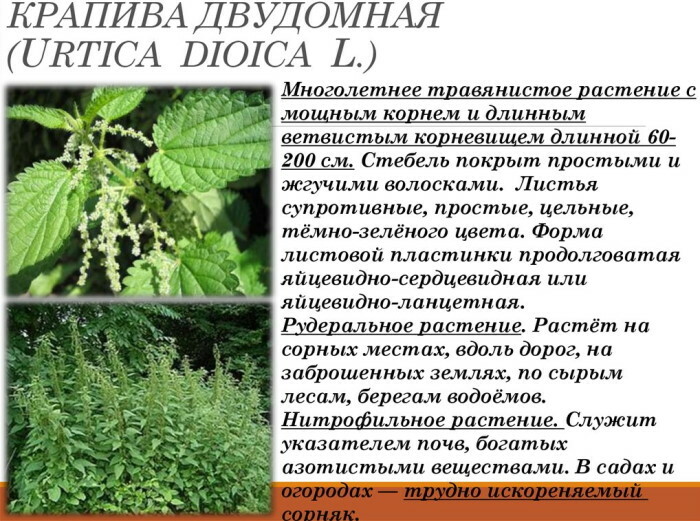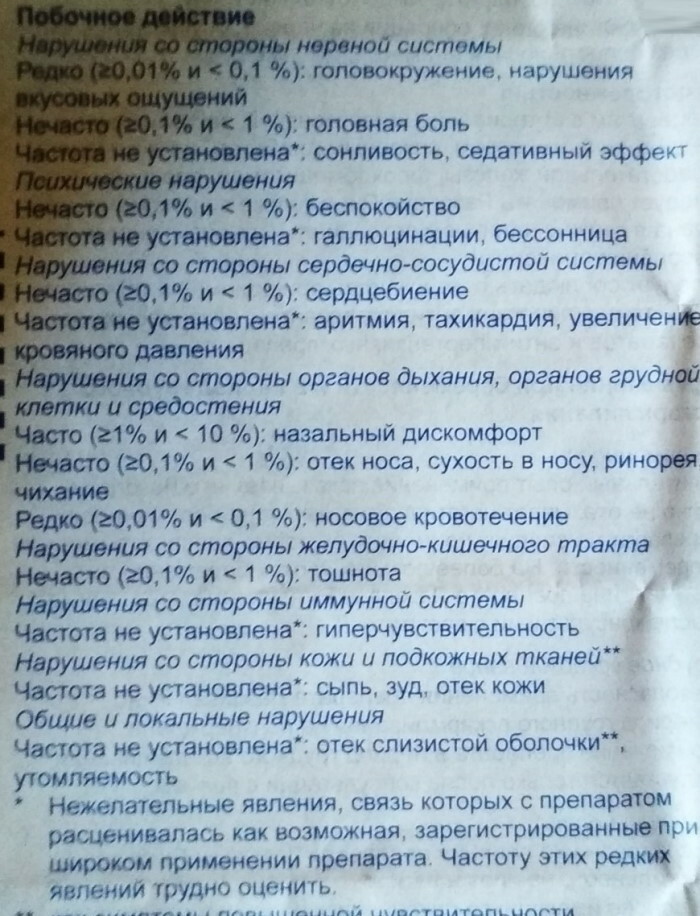Risk of disease increases with age, illness should not be underestimated - if not to carry out the appropriate treatment does not change the traditional dietary habits and lifestyle - can be brought to injury and chronic inflammation of the esophagus, erosive esophagitis, and even to esophageal cancer.

What it is?
Reflux esophagitis - esophageal inflammatory disease that develops against the backdrop of the regular reflux - throw into the esophagus of the stomach contents. Food with gastric juice entering the esophagus, irritating it and injure the mucous membrane. At first it appears only heartburn, then the patient suffers pain.
Causes of
The acute form usually occurs due to any factor of short-term actions. It can be:
- damage to corrosive chemicals,
- infectious diseases,
- physical impact (with the introduction of the probe, burn)
- allergic reactions to foods.
The most severe effects occur due to chemical injury. With infectious lesions cause becomes weakened immune forces of the body.
Chronic forms appear in the background of alcohol or spicy foods. This impact should be constant. If a person works with pairs of chemicals without respiratory protection, the professional developing esophagitis.
Chronic forms can be caused by:
- prolonged intoxication,
- unexplained reasons,
- deficiency of vitamins,
- impaired evacuation function of the esophagus.
If there is a cast of gastric contents into the esophagus, it develops peptic esophagitis.
The degree and form
For the disease characterized by multiple stages, the symptoms gradually increases and erosive esophageal lesion becomes more pronounced.
| Grade A | one (or more) of the mucosa damage of less than 5 mm, outside the limited mucosal folds |
| degree | one (or more) mucosal lesion greater than 5 mm, outside the limited mucosal folds |
| degree C | one (or more) mucosal lesion, extending to two or more mucosal folds, but is less than 75% of the circumference of the esophagus |
| degree D | one (or more) mucosal lesion extends to 75% or more of the esophagus circumference |
The disease can occur in the following forms:
| Catarrhal reflux esophagitis | in this form occurs esophageal mucosal edema. Swallowing causes severe pain, the patient does not leave the sensation of a foreign body in the throat. |
| Acute reflux oesophagitis | for this form of the disease characterized pain only during meals, with pain localized at the top of the sternum, along the esophagus. Also for acute reflux esophagitis is characterized by violation of swallowing, and general malaise. |
| Erosive reflux esophagitis | complicated form of the disease in which small ulcer (erosion) are formed on the esophageal mucosa. With erosive reflux esophagitis all of these symptoms become more pronounced, bringing significant patient discomfort. Manifestations of the disease are amplified after a meal, as well as certain drugs, such as aspirin. |
The chronic form is manifested disease symptoms regular amplification, alternating with resting phase. In this form of the disease there is a chronic inflammation of the esophagus wall, which is manifested by burning retrosternal pain "the stomach". Chronic reflux esophagitis is accompanied, as well as frequent hiccups, shortness of breath and vomiting.

Symptoms of reflux esophagitis
In adults with reflux esophagitis first and main symptom is familiar to many heartburn. It may appear at different times of the day immediately after meals or at the human being in a horizontal position.
Also, quite often manifested symptoms of reflux esophagitis as pain in the chest, which is often perceived as a pain in the heart. In other cases may be entirely absent above signs and manifest violation of swallowing. This may indicate the development of cicatricial narrowing of the esophagus and the transition to a more serious disease stage.
We should also note other symptoms of reflux oesophagitis:
- Dysphagia, or violation of the passage of food, failures swallowing reflex.
- Regurgitation of stomach contents or air.
- Chronic cough or "pulmonary Mask" caused by occlusion of the bronchi viscous secretion. Often this is due to exposure to small particles in the bronchi of the esophagus.
- The destruction of tooth enamel due to casting acid to the oral cavity of the esophagus.
- "Otolaryngology Mask" is associated with the development of rhinitis and pharyngitis. Inflamed mucosa of the nose and throat due to frequent contact with acidic stomach contents entering the larynx.
Unfortunately it is not always possible to accurately determine the presence of reflux disease, because it often "masked" by other diseases.
Diagnostics
For accurate diagnosis and determine the degree of mucosal damage to the patient is carried out:
- pH metry daily - to evaluate the level of acidity in the esophagus, the number and duration of reflux per day;
- fibrogastroduadenoskopiyu - EGD - one of the most informative methods, enables the specialist to see and evaluate the condition of the esophageal mucosa and the presence of erosions, inflammation and other changes;
- X-ray diagnostics with contrast media - it is necessary to identify ulcers, constrictions, inflammation of the esophagus changes and to assess its patency.
Can additionally carry radioisotope study to assess motor and evacuation capacity of the esophagus, morphological study of the mucous cells - in order to avoid malignant transformation and other research.
Treatment of reflux oesophagitis
In the event of reflux esophagitis good results gives a comprehensive treatment, which consists not only in taking medicine, but also in dieting, in the pursuit of the overall improvement of the body.
Diet lifestyle patients with reflux esophagitis:
- Sleep. It is also important to get enough sleep well (if it is possible for 7-8 hours per day).
- My daily routine is to be built so as to eliminate the nerve overload at work or at home.
- Try not to lift weights, and less straining abdominal muscles
- Exclude receiving drugs that reduce the tone of the lower esophageal sphincter (nitrates, a-blockers, eufilin, sedatives, hypnotics, etc.).
You also need to stop wearing tight clothing, belts, corsets. Need to sleep on a high pillow to head was above the level of the stomach.

medication
There are several groups of drugs prescribed at reflux disease.
1) Antacids - medications reduces the acidity by neutralizing it.
- Almagel - 5.10 mg. (1-2 measuring spoon) 3-4 times a day for 10-15 minutes before meals.
In the case of severe pain after meals is recommended reception Almagel And, as it has in addition to neutralize the acid and relieves pain. Duration of treatment Almagel And no longer than 7 days, and then transferred to a regular Almagel.
2) prokinetic - drugs that increase the tone of the lower esophageal sphincter. Active substance called dompiridon, it is a part of such preparations as a (Motilium, Motilak). Itopride or other active ingredient (genaton).
- Motilium - adult dose of 20 mg. (2 tablets) 3 times a day for 20-30 minutes before meals, when there are symptoms and at night, and at bedtime.
3) antisecretory drugs - drugs reduce the acidity by suppressing its formation.
- Omeprazole - 40 mg of 20- (1-2 capsules a day), squeezed capsule small amount of water. The capsule should not be chewed.
- Famotidine 20 mg. 2 times a day.
The duration of treatment and the amount of drug depends on the severity of the disease. On average, the treatment is performed at least two groups of drugs (Motilium + Almagel, Motilium + omeprazole). Duration of treatment 4-6 weeks. In severe cases of group 3 is assigned drugs for more than 6 weeks.
Surgery
If no effect described by non-invasive techniques and frequent relapses reflux esophagitis first patient may be advised endoscopic treatment. It is the sewing of the lower esophageal sphincter, or administering it in various polymeric materials, contributing to the improvement of its barrier function.
The indications for radical surgery was considered:
- complications (bleeding repeated, narrowing et al.);
- preservation symptoms and manifestations of the endoscopic esophagitis provided adequate medical treatment for six months;
- frequent pneumonia, developing due to aspiration of gastric acid content;
- Barrett's esophagus with established severe dysplasia;
- a combination of reflux esophagitis with not giving adequate treatment of bronchial asthma.
In all these situations, surgeons perform fundoplication (lower esophageal degrade the portion 2-3 cm into the abdominal cavity of the gastric wall is formed original cuff in place of its connection to the esophagus and sutured it to the diaphragm is sutured too wide opening in the diaphragm, and the collar is moved to mediastinum).
Access can be traditional (when cut abdomen or thorax) or laparoscopic (all dates manipulation performed through small apertures - punctures through which the cavity belly is introduced the desired endoscopic instruments).

Diet
A patient with reflux esophagitis prescribe very strict diet. The list of banned products is very large:
- nourishing soups or broths.
- marinades, smoked meat, pickles - also enhance the secretory function of the stomach.
- drinks povyshayushie gastric acidity - these include any alcohol, carbonated drinks, natural fruit juices.
- sweets, chocolate, strong tea, coffee - these foods relax the lower sphincter of the stomach, causing stagnation of food.
- cabbage, black bread, beans, peas, fresh milk - these foods contribute to gassing and increase the pressure in the stomach.
- fruits, especially citrus fruits, contribute to heartburn.
- fatty and fried foods also slow down digestion, provoke heartburn.
- Chewing gum is also subject to the ban. It increases salivation and promotes the production of gastric juice.
- We need to give up excessive use of pungent foods, spices, mayonnaise and other sauces.
Menu with reflux esophagitis should be composed of the following products:
- milk, low-fat cottage cheese and sour cream;
- chicken, boiled eggs;
- cereals, cooked in water;
- the dried white bread;
- lean meat, steamed in the oven;
- boiled vegetables;
- boiled lean fish;
- stewed fruit, jelly of sweet fruit.
It is undesirable to use fruits or vegetables in their raw form, it is best to bake them in the oven. Vegetables can be put out with a little oil, cook light vegetable soup with lean meat.
It should also pay attention to the schedule meal - it is recommended to eat every 3-4 hours, and the portions should be small, should be an early dinner - 4 hours prior to sleep. Products should not be too hot (so as not to injure the affected esophageal wall) or cold (this causes vasospasm). Proper balanced diet - is the key to successful treatment of reflux esophagitis.



